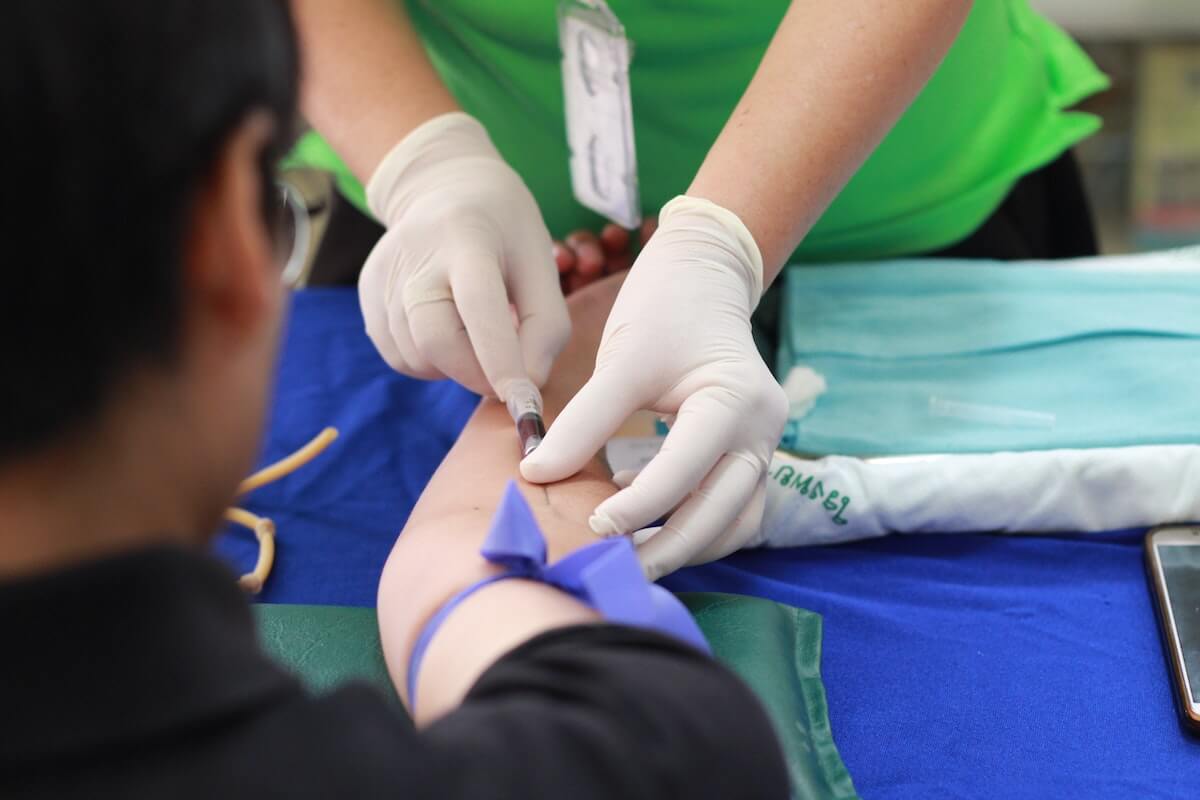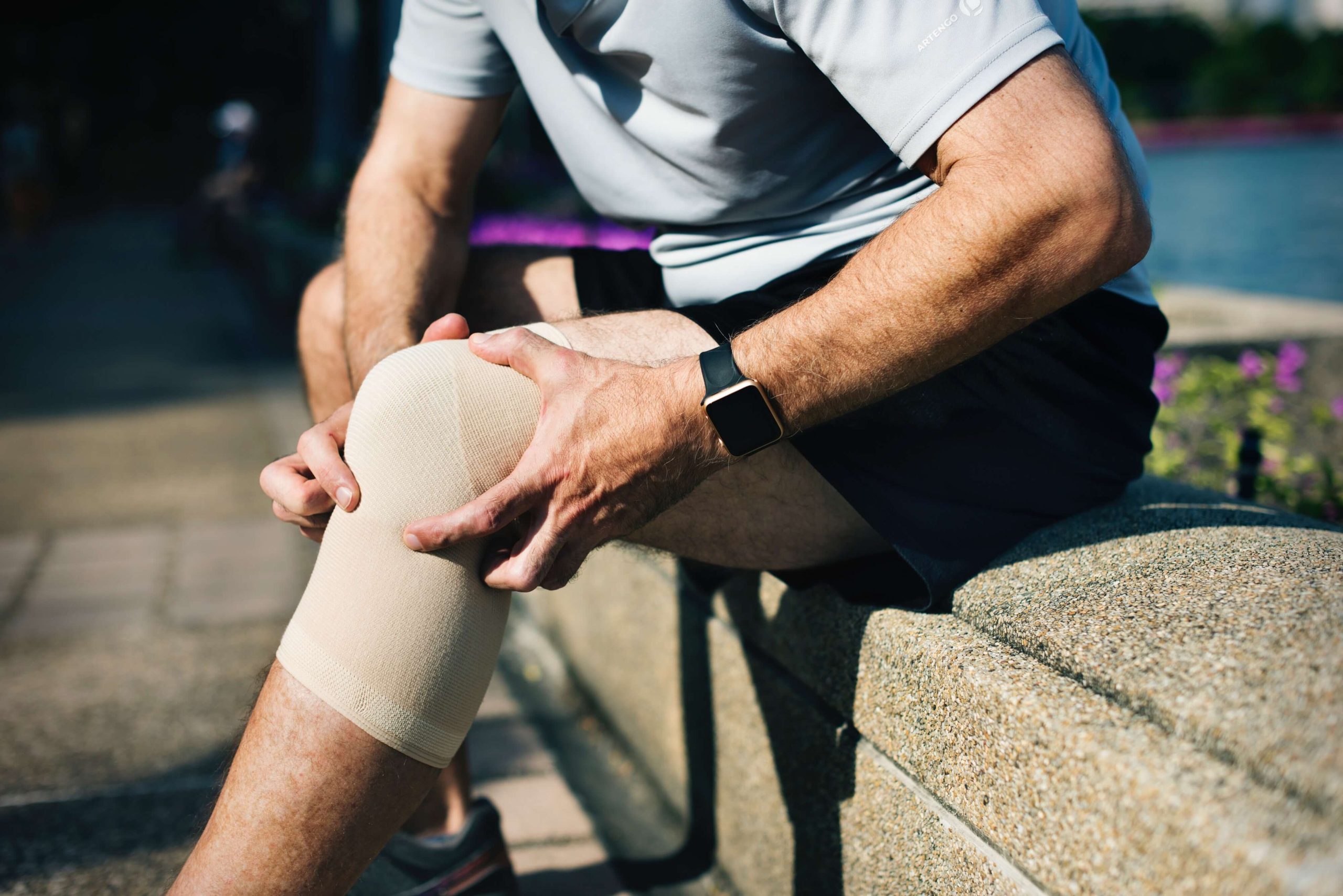Since the treatment involves using a patient’s own platelets, there is no risk of rejection or disease transmission and no risk of infection. However, it is possible that a person may have irritation, pain, or bleeding related to the injection site.
Patients showed great tissue and injuries repair after Platelet-rich plasma (PRP) therapy, confirming the healing process. The need for surgery can also be greatly reduced by treating injured tissues before the damage progresses and the condition is irreversible. Platelet-rich plasma (PRP) therapy does not provide immediate relief. Some times, it sets a slow repair mechanism, and it can take several weeks before pain relief and promoting tissue healing.
This will depend on the mechanism of each patient.



